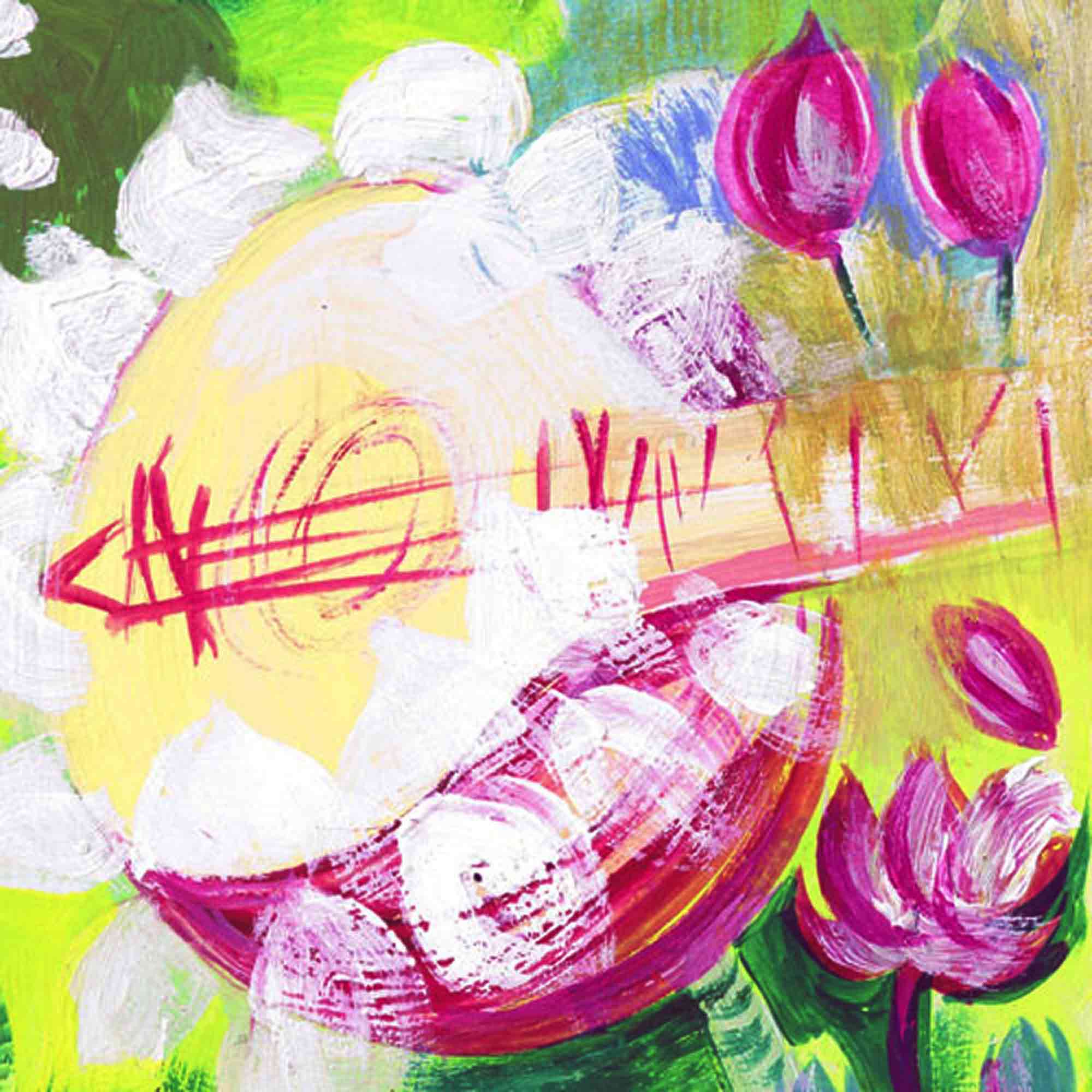Review by Garimella Subramaniam, The Hindu, January 05, 2017 | Read the full review >>
“The many dimensions of the musical persona of Berlin-based Manickam Yogeswaran of Sri Lankan origin are not easy to fathom just from hearing him sing at one recital. […]
However, a conversation over coffee at Chamiers, days after a performance for Tamil Isai Sangam at Raja Annamalai Mandram, gave a glimpse of the different facets of the disciple of T.V. Gopalakrishnan and his exposure to Hollywood. […]
Yogeswaran’s forays into western classical ensembles, and his key role in global music forums for nearly three decades is a career graph, perhaps, typical of the wider scene in the performing arts these days. At the same time, it is the emotional need to stay anchored to the cultural milieu of one’s roots that probably explains Yogeswaran’s crucial engagement with Carnatic music. […] The challenge now, he says, is to nudge current generation of South Asians from a false sense of security about the future of this traditional art form. The conveniences afforded by technology, in terms of access to the treasure trove of recordings of great masters, ought not to breed complacency in the search for creativity, he argues. The key lies in continued reliance on the rigours of relentless individual ‘sadhana,’ a hallmark of classical music.”
http://www.thehindu.com/entertainment/music/Revelling-in-his-classical-roots/article16992760.ece




